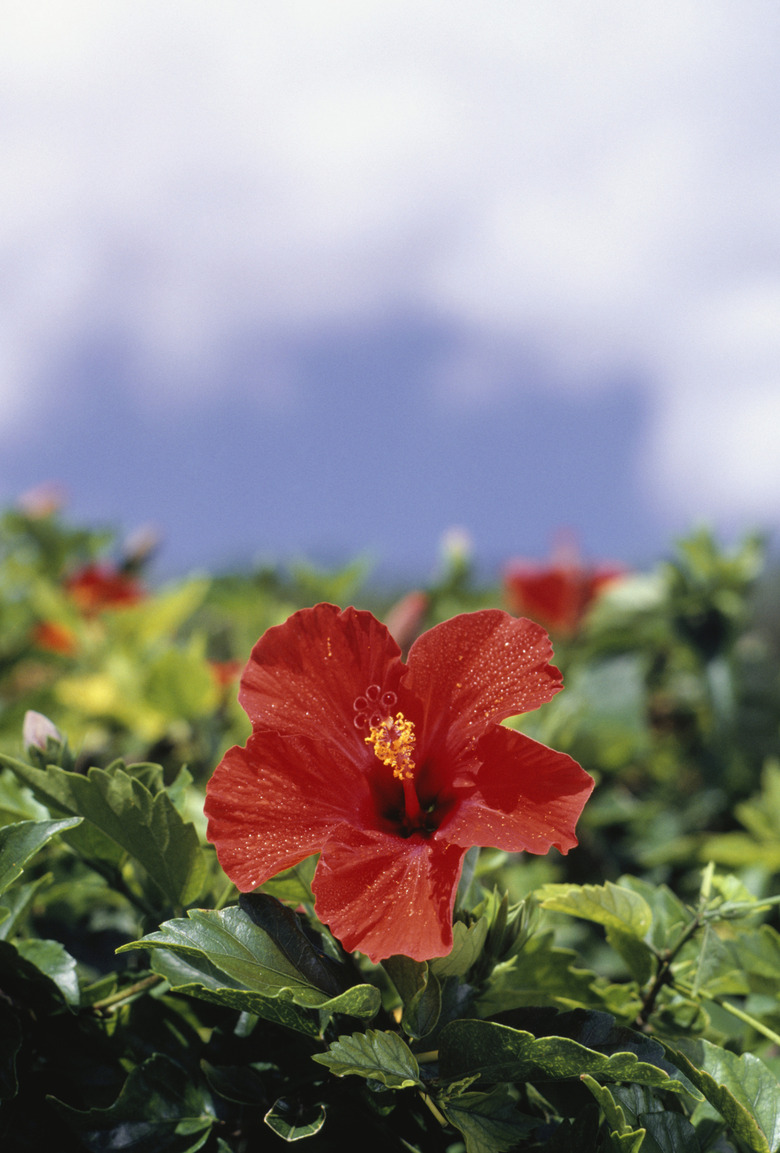How To Cure Mildew On Hibiscus
Step 1
Remove infected leaves, stems and all other infected plant parts on and around your plant. Destroy or throw these away to prevent spores from infecting other plants.
Step 2
Prune plants to thin them out and allow enough space for adequate air circulation. Pruning should be done before new growth forms. Do not prune hibiscus plants when frost is expected.
Step 3
Separate plants that are crowded into one bed. If there isn't adequate room, transplant infected plants to another location. Plants that are crowded are more vulnerable to infection.
Step 4
- Remove infected leaves, stems and all other infected plant parts on and around your plant.
- Prune plants to thin them out and allow enough space for adequate air circulation.
Step 5
Avoid fertilizing your hibiscus until all signs of the mildew are gone. Fertilizing encourages new growth, which is more vulnerable to powdery mildew than older growth.
Step 6
Avoid overhead watering of your plants to keep leaf surfaces dry and to remove the moist environment that powdery mildew needs to survive.
Chemical Treatment
Step 1
Remove all infected debris on and around your hibiscus and either destroy or throw it away. Do not use infected plant material for compost.
Step 2
Select a copper or sulfur-based fungicide. Check the label before purchasing to ensure it is safe for use on hibiscus or succulents.
Step 3
- Avoid fertilizing your hibiscus until all signs of the mildew are gone.
- Avoid overhead watering of your plants to keep leaf surfaces dry and to remove the moist environment that powdery mildew needs to survive.
Step 4
Apply the fungicide to your plant according to the label directions for rates and methods. Fungicide application is most effective if it is applied when symptoms of powdery mildew first appear. When the disease is widespread, or if it is later in the growing season, chemical control is not recommended.
Step 5
Repeat fungicide application every 7 to 14 days to ensure the fungus is eradicated and to prevent re-infection.
